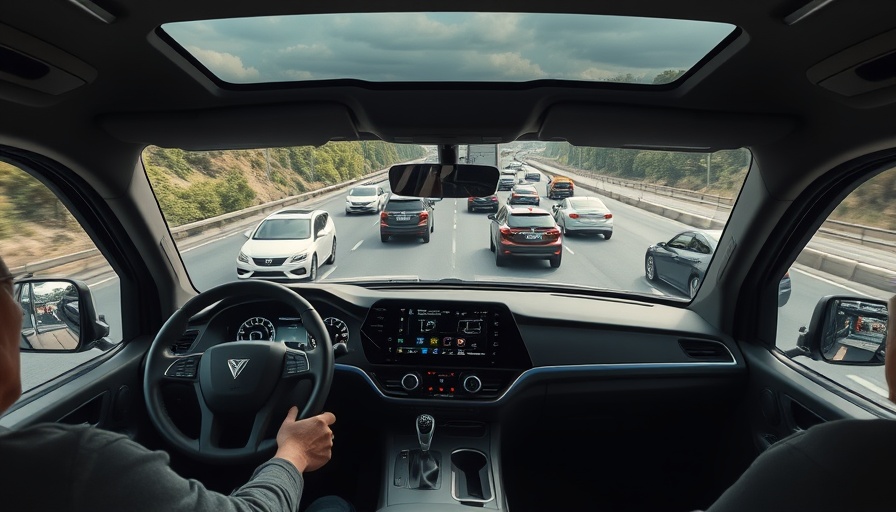
Self-Driving Trucks: A New Era in Transportation
Imagine a world where long hauls across the country are conducted without a driver at the wheel. Aurora Innovation's recent deployment of a self-driving 18-wheeler gives us a glimpse into that reality, showcasing a significant leap in the use of autonomous vehicles in commercial transport. Last month, the company made headlines as it completed its first official delivery with no one in the driver's seat, while a human employee could relax in the back, enjoying YouTube and staying disconnected from the stress of the road.
Industry Reaction: Concerns and Celebrations
While Aurora’s CEO Chris Urmson describes the rollout as a "watershed moment," the trucking community expresses mixed feelings. Truck drivers worry about safety and job security. Veteran trucker Angela Griffin raised concerns about the vehicle's capabilities under adverse conditions, recalling experiences where sensor errors during rain complicated her driving experience. Union leaders, like John Samuelsen from the Transport Workers Union, echoed these sentiments, suggesting that fully autonomous trucks could pose risks to public safety.
The Technology Behind Autonomous Trucks
Aurora's semi trucks achieve Level 4 autonomy on the SAE scale, which means they can independently perform their tasks in certain predefined circumstances. This level of independence exceeds the capabilities of consumer-facing technologies like Tesla’s systems, but the breadth of unforeseen circumstances on public roads raises doubts. Interestingly, just weeks after its debut, Aurora has reverted to including a human supervisor in the driver’s seat. This pivot stems from technical adjustments necessitated by Paccar, the truck's manufacturer, hinting at underlying complexities in the rollout process.
Future of the Trucking Industry
As Aurora expands its fleet to 20 big rigs by the year's end, questions linger about the role of human drivers alongside potentially life-saving AI. These advancements could significantly impact logistics and reduce costs, but they don’t come without trade-offs. Understanding the implications of autonomous trucking is vital for all involved—from engineers to long-time truckers and regulators.
Concluding Thoughts on Autonomous Transport
As the transportation sector evolves, the intersection of technology, safety, and employment will be critical to monitor. The journey towards full autonomy presents exciting advancements but also demands careful consideration of human nuances that technology alone cannot address. Whether for safety regulations, public perception, or labor concerns, the impact of these innovations will shape the landscape of the trucking industry for years to come.
 Add Row
Add Row  Add
Add 
 Add Element
Add Element 

Write A Comment